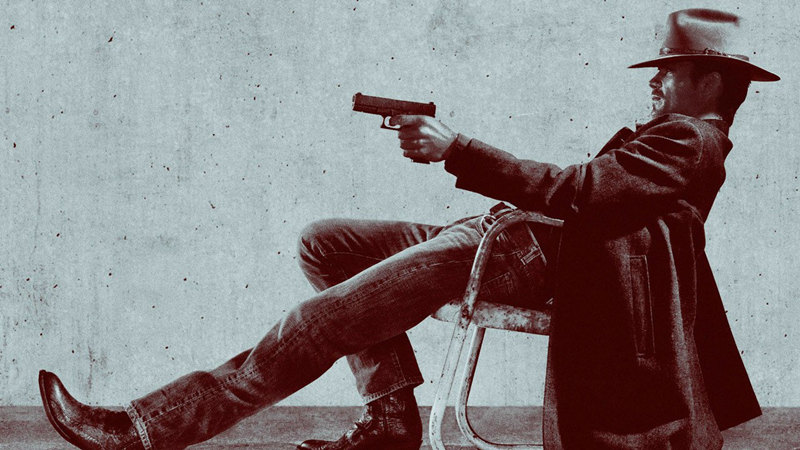Hollywood often tinkers with real-life stories, exaggerating or adding sensational elements to make them more suspenseful as films. But no one had to do much to the story of Kathryn Bolkovac, the former American policewoman who filed and won a lawsuit in Britain against the British corporation DynCorp, alleging that she was dismissed because of her “whistleblowing.” If you have a look at the 2001 report of the trial’s outcome, you’ll see that what The Guardian/The Observer wrote closely parallels the events of this Larysa Kondracki film, which stars Rachel Weisz in the title role.
The more that Kathryn learns about the involvement of U.N. peacekeeper and DynCorp employee involvement in sex crimes and the forced sex trade in Bosnia, the more outraged she–and viewers–become.
For a film about the sex trade, there’s really very little nudity or sex in “The Whistleblower”–only a forced rape that shows only the young woman’s face as she’s bent over a table, and graphic photos that Kathryn handles. That was a good decision by the female director, because to “recreate” any of this would have pandered to the same base tastes that drive the illegal international sex trade. It happens everywhere, but in this instance it was young women from the Ukraine and Romania who were promised jobs in Bosnia but instead forced to work in sex clubs by owners who took their passports and tortured them to make them comply. That’s what’s emphasized in this film–the torture, the brutality, the bloody disregard for human life that’s visible in not just the “brothel” owners, but in the customer’s treatment of the women.
In the film, when Kathryn’s attempts to help the women are sabotaged–by everyone from the lowliest peacekeeper trained by DynCorp under a lucrative U.N. contract to higher-ups in cahoots with black market sex traders–she reaches out to the U.N.’s top man in Bosnia, just as the real Kathryn did. Like “Silkwood,” “The Whistleblower” may be the story of one woman’s persistence, but the real story is the injustice that should make your own anger rise. To humanize that story, the screenplay dramatizes Kathryn’s interaction with two young women she’s trying to save: Raya (Roxana Condurache) and Irka (Rayisa Kondracki).
On a landscape fraught with danger, only two people emerge as ones whom Kathryn can trust: Madeleine Rees (Vanessa Redgrave), from the Human Rights Commission, and Peter Ward (David Strathairn), a fellow peacekeeper. The rest are all complicit or follow the orders of superiors in order to protect their $100,000 peacekeeper salaries.
“The Whistleblower” is a dark film, and that’s reinforced by a predominance of scenes shot at night or in dimly lit rooms, with flickering lights creating shadows that mirror the edgy inner terrain of Kathryn’s and the girls’ psyches. It’s shot from a mostly female point of view, and Kondracki and her co-writer Eilis Kirwan did not shy away from brutality. Two scenes are particularly horrific–a big reason why this film is rated R.
Weisz turns in her usually fine performance, this time as a woman whose love of job is stronger than her mother instinct . . . until the atrocities in Bosnia against women not much older than her daughter awaken them. But the real acting comes from the two playing victims that must seem to them like too many girls in Eastern European countries. Will a film like this help? It’s doubtful. But as anyone connected with the project seems to know, keeping silent is not an option.
Video:
I’ll admit that shooting in low light poses a challenge, even when it comes time to transfer the film to disc. But there are simply too many scenes where people and objects turn to mud in darkness, leaving you to guess what’s going on. Maybe that was the point of the film, but in digital HD the issue is compounded. Other scenes show a decent level of detail and edge delineation, but the black levels are inconsistent. There are also a few instances of crush as a result of the AVC/MPEG-4 transfer. But given the subject matter and the deliberate use of darkness, it’s not an awful transfer by any means. “The Whistleblower” is presented in 2.35:1 widescreen.
Audio:
Except for one crash, music in club scenes, and several instances involving loud effects, dialogue drives the film, so it’s really difficult to evaluate just how good the English DTS-HD MA 5.1 presentation is, because it’s a front-and-center heavy audio. Is it clear? Yes. Is it prioritized so that dialogue doesn’t get lost in background music or ambient sound? Yes. But because it’s mostly dialogue, you don’t get the chance to appreciate the 5.1 HD audio.
Extras:
There’s only one bonus feature, but thankfully it involves the real Kathryn Bolkovac, who, in the scant span of several minutes, shares what she thinks about the film and Rachel Weisz as her. Others (Weisz too) are also show in this five-minute feature.
Bottom line:
“The Whistleblower” has been a fairly low-profile film, and it’s easy to see why. It’s not the kind of blockbuster thriller that gets trailered to death, and the subject matter doesn’t lend itself to any kind of rousing excitement. This is bleak terrain, but Weisz’s performance helps us get through it. And as real-story films go, “The Whistleblower” is as accurate as can be.


